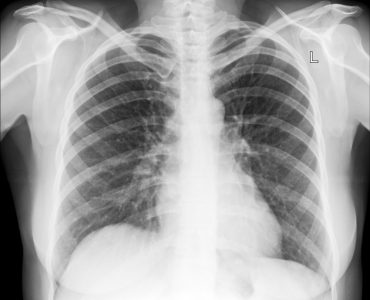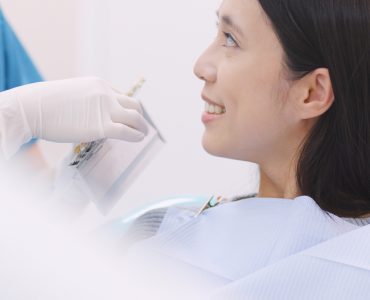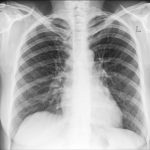Transurethral resection of prostate (TURP) involves removal of prostate. Enlargement of prostrate leads to the suppression of urethra. It can also affect the functioning of bladder which leads to difficulty while urinating. The problem can be relieved by surgery.
The prostate gland usually enlarges as men grow old and this is referred to as benign prostatic hyperlasia (BPH). This causes problem while urinating and is not related to prostate cancer. Some of the symptoms of this condition are:
- Difficulty while urinating,
- Urinating frequently,
- Weak flow of urine
TURP is recommended only in extreme cases. These symptoms can be treated medically. TURP is recommended under following conditions:
- Frequent urinary tract infection.
- Difficulty while urinating,
- Stones in bladder,
Surgical procedure
A thin tube consisting of light and camera devices is gently inserted to urethra until it reaches the surrounding of prostate gland. The part of the prostate blocking the flow of urine is cut off using a electrical loop attached to the tube. The pieces of prostate are then removed.
Another tube called catheter tube is inserted into the urethra. This tube removes urine from the bladder for first few days after the operation. most men are required to stay in hospital only for 3 to 4 days after the operation.
If surgery is not done a condition called urinary retention can develop.
Precautions to be taken before surgery:
It is important to provide all the information regarding the person undergoing surgery to the doctor in advance.
It is also important to be informed about surgical procedure, complications, side effects, aftercare etc…
Not smoking and drinking wick greatly help.
Maintaining personal hygiene and exercising regularly is of great importance.
Recovery
Immediately after the surgery the urethra will be swollen. It will continue to be like that for 2 or 3 days. The presence of catheter tube will cause some irritation and difficulty.
Apart from this the presence of blood in urine for 2-3 days is very normal.
There will be no restrictions on diet. However drinking lots of fluids and eating fruits is always recommended.
For 3-4 weeks hard physical activities like digging, playing sports are not recommended.
Most men recover in 6-8 weeks and is safe to work again. However doctor’s advice on this is a must.
It is safe to drive after 6-8 weeks of surgery.
Alternative surgery
There are few alternatives to surgery. However the type of treatment required is decided by the doctor.
Some of the alternatives to surgery are:
Laser resection: Here the prostate is removed using a laser. A tube is then inserted permanently through which urine flows.
Microwave thermotherapy: here microwaves are used to heat the prostate tissue so that the cells die and prostate shrinks.
Electro vaporisation: here a part of prostate is removed by evaporation using electric current.
Risks involved
Due to the damage to the nerves during surgery there can be erection problems in some men.
There can be heavy bleeding in some.
The prostate can grow again.













